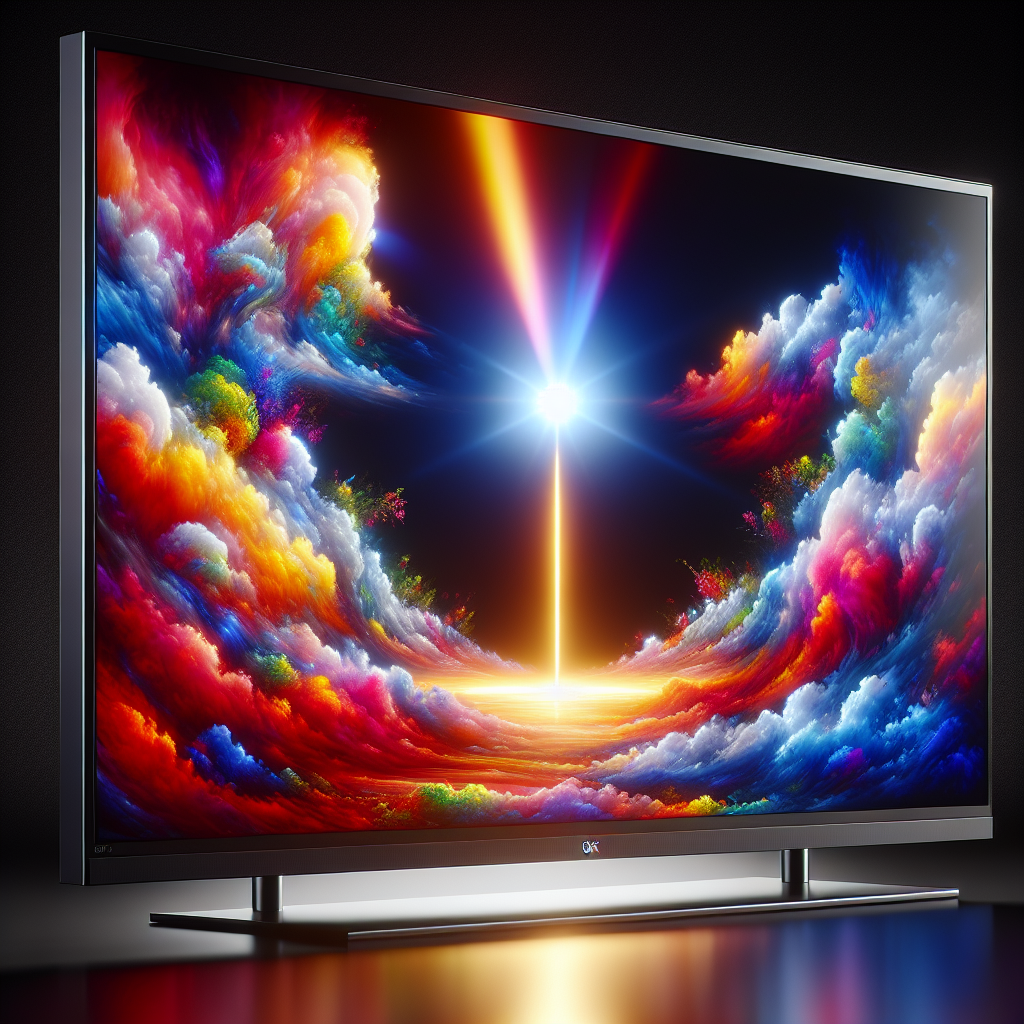High Dynamic Range (HDR) technology significantly enhances the viewing experience by providing greater contrast, brighter highlights, and a wider range of colors. This guide will walk you through enabling HDR on a plasma monitor, despite the inherent limitations and considerations peculiar to plasma technology.
Understanding HDR and Plasma Monitors
While most modern displays and monitors, like OLED and LED panels, widely support HDR, plasma monitors are an older technology. Hence, they are generally not designed with HDR capability. Nevertheless, if you have a plasma monitor, this guide will help you maximize its visual potential.
Basic Facts About Plasma Monitors and HDR
| Feature | Plasma Monitors | HDR Technology |
|---|---|---|
| Availability | Older technology, no new models | Current technology, widely available |
| Contrast Ratio | Very High | Enhanced with HDR |
| Color Range | Wide, but not as wide as HDR | Extremely Wide |
| Brightness Levels | Can produce deep blacks but not very bright | Extremely Bright |
Checking Compatibility and Requirements
If your plasma monitor supports HDR, (which is rare), you will need a source device that outputs HDR content. This can be a modern TV box, gaming console, or a computer with a capable graphics card. Ensure all your cables are HDMI 2.0 or higher, as this standard supports HDR.
Steps to Enable HDR on a Plasma Monitor
- Check Monitor Specifications: Look at the user manual or product specifications to verify if your plasma monitor supports HDR.
- Update Firmware: If your monitor has firmware updates available, ensure it is up-to-date as updates may improve compatibility with HDR.
- Connect HDR Source: Use an HDMI 2.0 or newer cable to connect your HDR-capable source device to the plasma monitor.
- Enable HDR on Source Device: Go to the settings on your TV box, gaming console, or PC, and enable HDR output. This setting is usually found under ‘Display’ or ‘Video’ settings.
- Calibrate Display Settings: On your plasma monitor, navigate to the display settings and calibrate brightness, contrast, and color settings for optimal performance. Note that true HDR might not be achievable, but calibration can still improve the visual experience.
Optimizing Your HDR Experience
Since plasma monitors generally do not meet the true HDR specifications, there are still ways to enhance your viewing experience:
- Dynamic Contrast: Use dynamic contrast settings on your monitor to boost contrast levels, aiming for an HDR-like experience.
- Color Calibration Tools: Utilize color calibration tools or software to fine-tune the color output, ensuring the closest approximation to HDR.
- Content Source: Choose high-quality content specifically optimized for HDR viewing to get the best visual quality possible on your plasma monitor.
Common Issues and Troubleshooting
The process of enabling HDR on a plasma monitor is not without complications. Here are some common issues and their solutions:
- Compatibility Issues: If HDR content is not displaying correctly, ensure your source device supports HDR and is properly configured.
- Color Distortion: If colors appear washed out or too vibrant, double-check your calibration settings and consider using professional calibration tools.
- Monitor Limitations: Recognize that even with perfect settings, an older plasma monitor may not fully replicate HDR’s brightness and color range.
Conclusion
Enabling HDR on a plasma monitor involves multiple steps and recognizes the limitations of the older technology. While you may not achieve true HDR, proper calibration and high-quality source material can still significantly enhance your viewing experience. Understanding the capabilities and limitations of both HDR and plasma monitors is key to making the most out of your setup.

